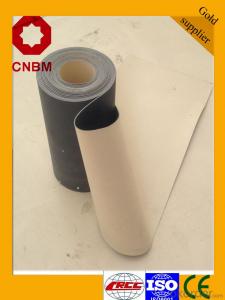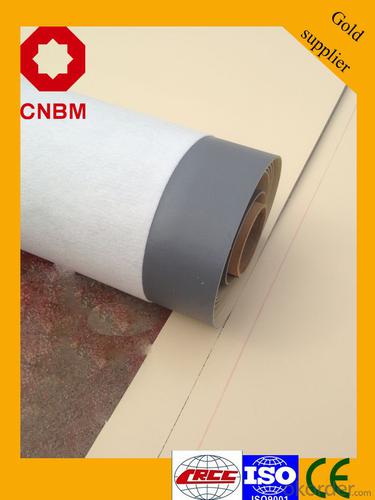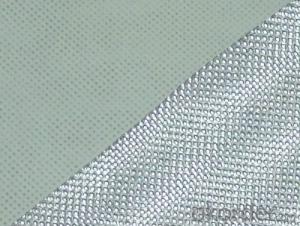Waterproof/Waterpfoofing Membrane For Roofing
- Loading Port:
- Tianjin
- Payment Terms:
- TT OR LC
- Min Order Qty:
- 1000 m²
- Supply Capability:
- 10000 m²/month
OKorder Service Pledge
OKorder Financial Service
You Might Also Like
Product description
Polyvinyl chloride PVC waterproof membrane is a kind of excellent performance of polymer waterproof material,PVC resin as the main raw material,add all kinds of special additive and anti-aging composition,the use of advanced equipment and advanced technology extrusion rolling is made.The product has the tensile strength and elongation high shrinkage of small,low temperature soft good,long life and other advantages, the products wide 1.2m to 3.0m, the thickness of 0.8-2.0 mm(special specifications can be customized),stable performance,reliable quality,construction is convenient.
Application Scope
The products are widely used in all kinds of civil construction,subway,tunnel,water conservancy,landfill site,chemical industry,metallurgy and other areas of waterproof seepage control,corrosion engineering
Features:
Excellent anti-aging property.
Puncture- resistant.
Welding construction,
High tensile strength, good elongation, good dimensional stability.
Good plasticity.
It has self-extinguishing from fire property.
Materials surface is smooth, fast color, stain resistance.
More wide, Wastage become less when being used.
Type:
N1—Exposed PVC waterproof membrane.
(It is mainly used as details treatment for exposed roof waterproof project)
N2—Non-exposed PVC waterproof membrane.
(It is mainly used as details treatment for non-exposed roof waterproof project)
L1—Exposed PVC waterproof membrane with fabric
(It is mainly used for exposed roof waterproof project)
L2—Non-exposed PVC waterproof membrane with fabric.
(It is mainly used for non-exposed roof waterproof project)
W1—Exposed reinforced PVC waterproof membrane .
(It is mainly used for steel structure roof exposed waterproof project)
W2—Exposed reinforced PVC waterproof membrane .
(It is mainly used for steel structure roof non-exposed waterproof project)
Advantages

Technical Parameters
No. | Item | Index | |||||
| 1 | Thickness of resin layer of the middle fabric ,mm≥ | - | - | 0.40 | 0.40 | 0.40 | |
| 2 | Tensile performance | Max tensile strength,N/cm ≥ | - | 120 | 250 | - | 120 |
| Tensile strength,NPa ≥ | 10 | - | -10 | - | - | ||
| Max elongation% ≥ | - | - | 15 | - | - | ||
| Breaking elongation % ≥ | 200 | 150 | - | 200 | 100 | ||
| 3 | Heat treatment size change rate%≤ | 2.0 | 1.0 | 0.5 | 0.1 | 0.1 | |
| 4 | Cold bonding | -25°c No cracks | |||||
| 5 | Watertightness | 0.3mPa,2h waterproof | |||||
Packaging & Shipping
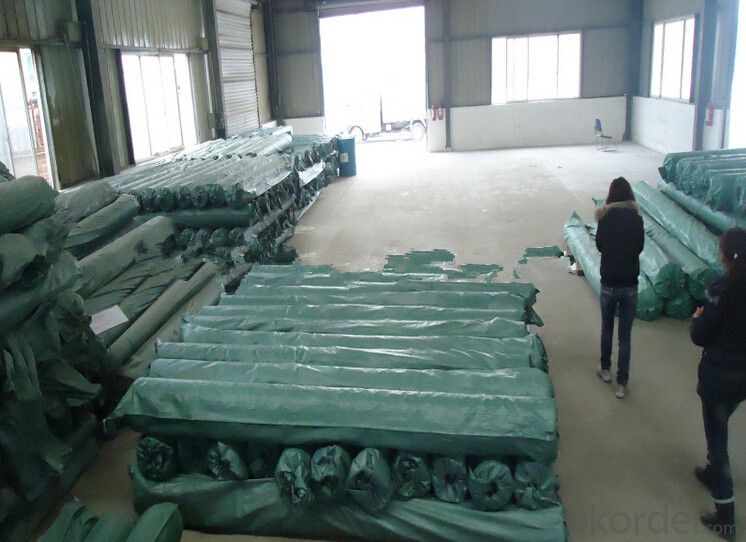
product show
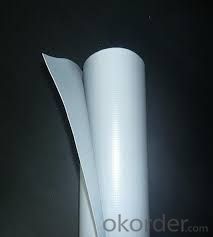
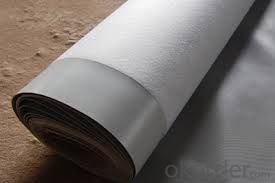
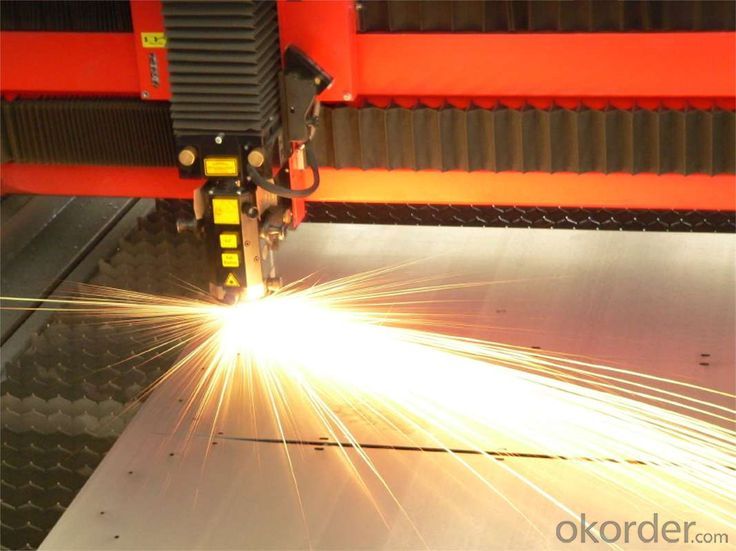
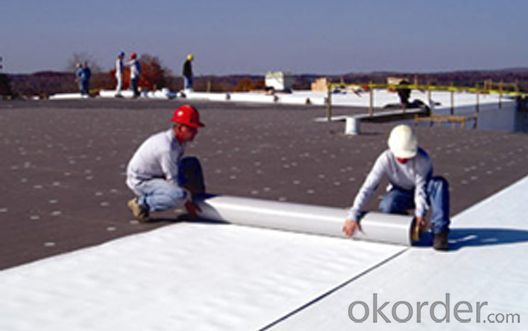
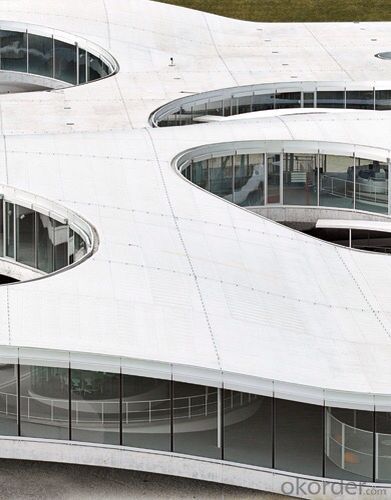
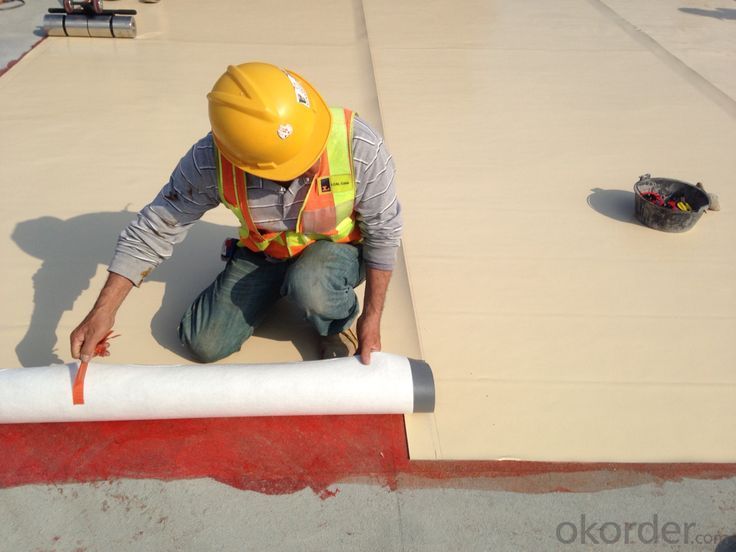
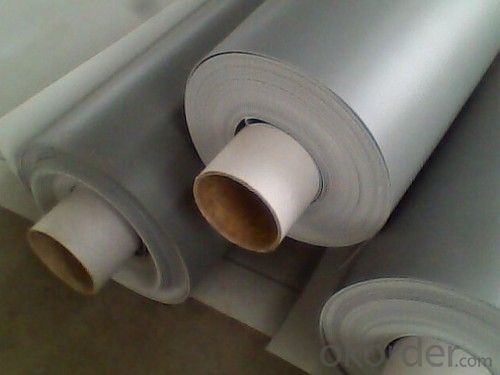
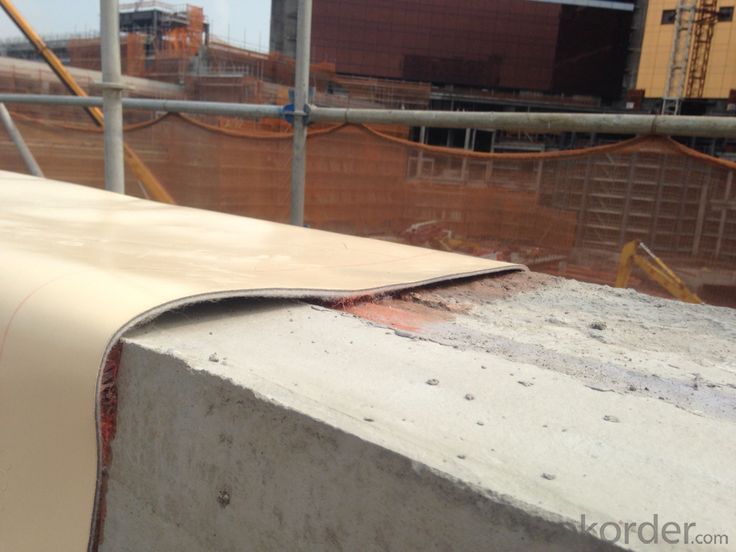
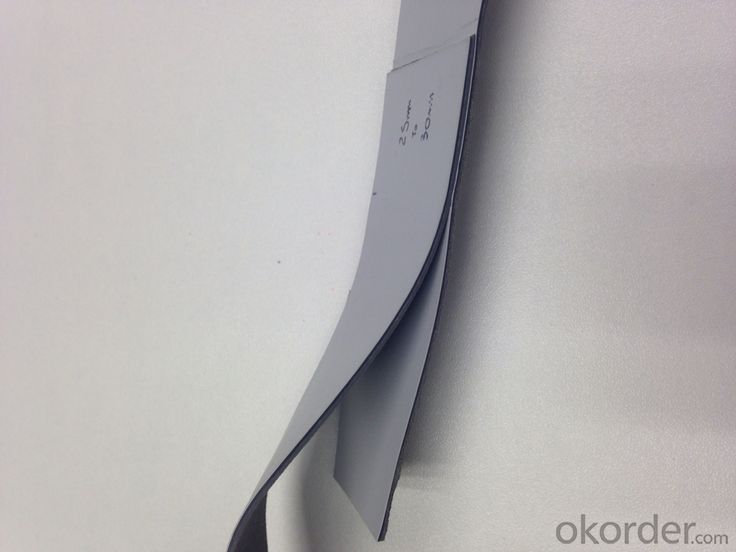
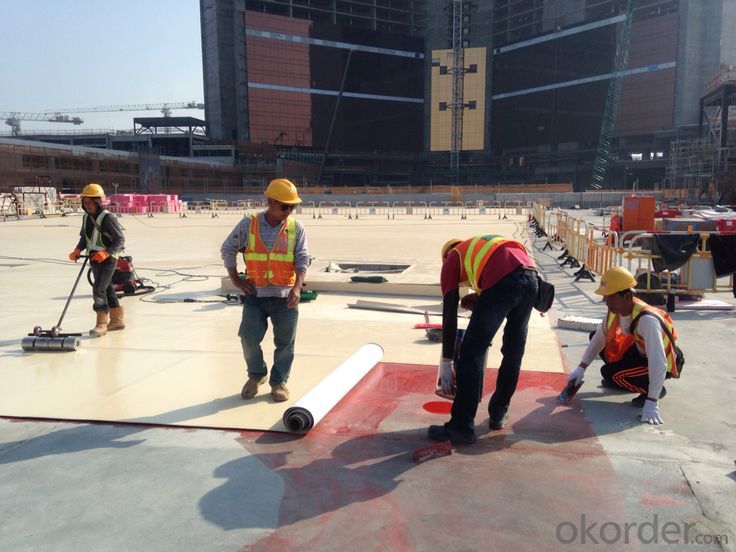
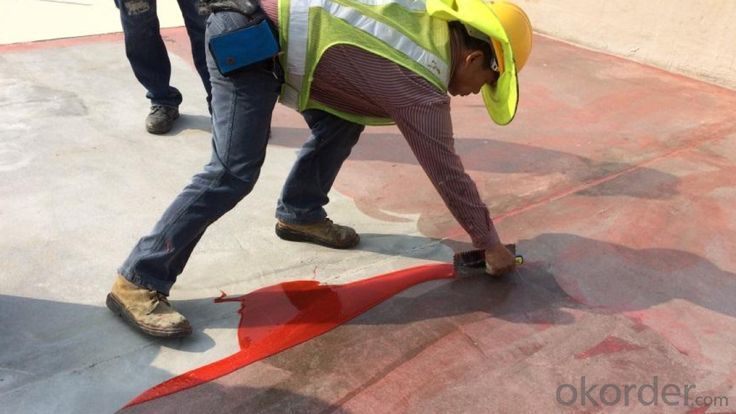
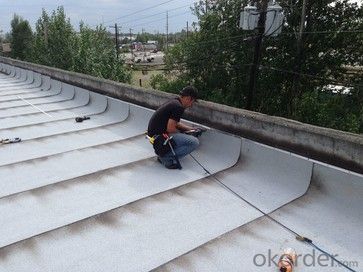
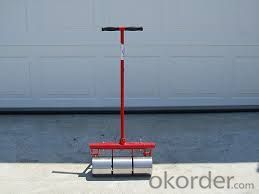
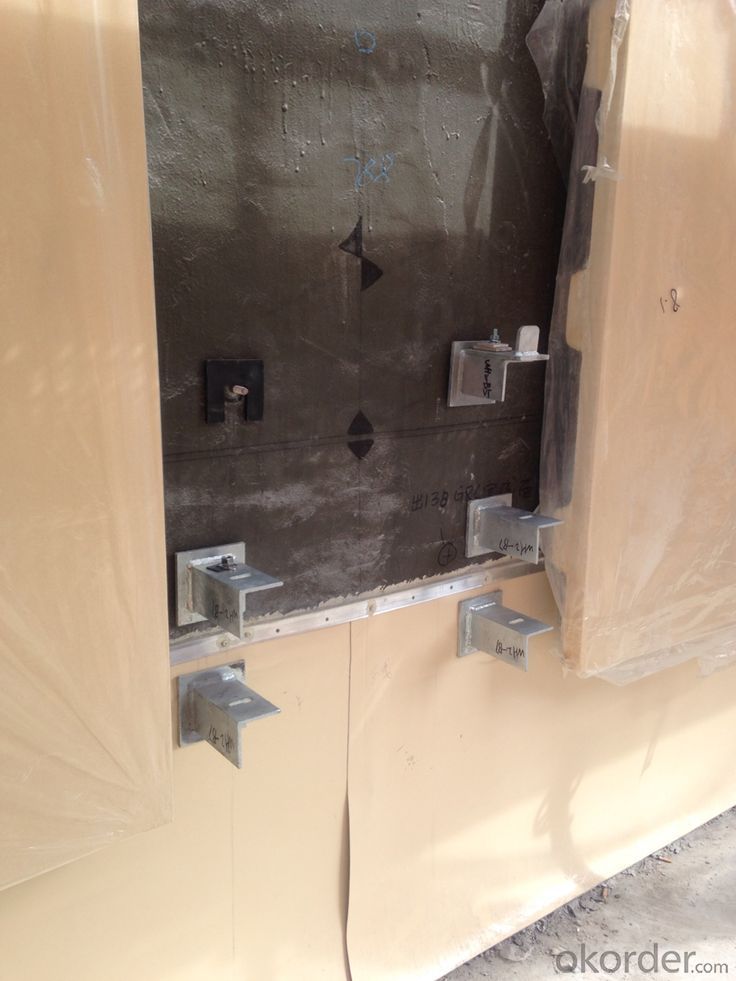
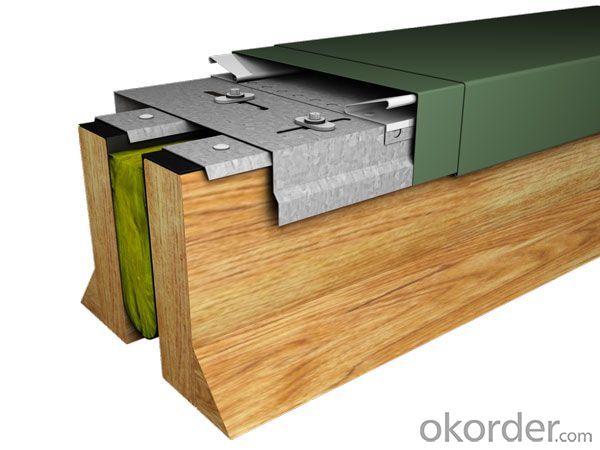
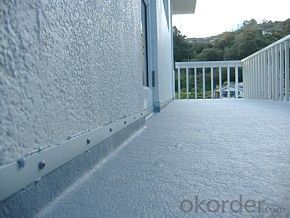
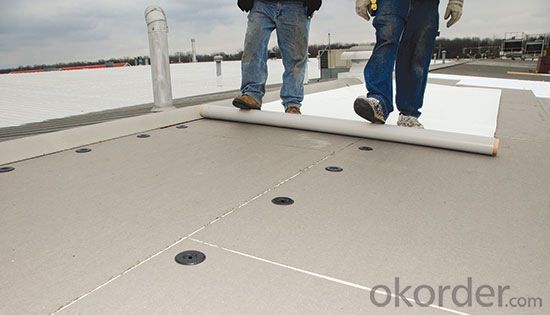
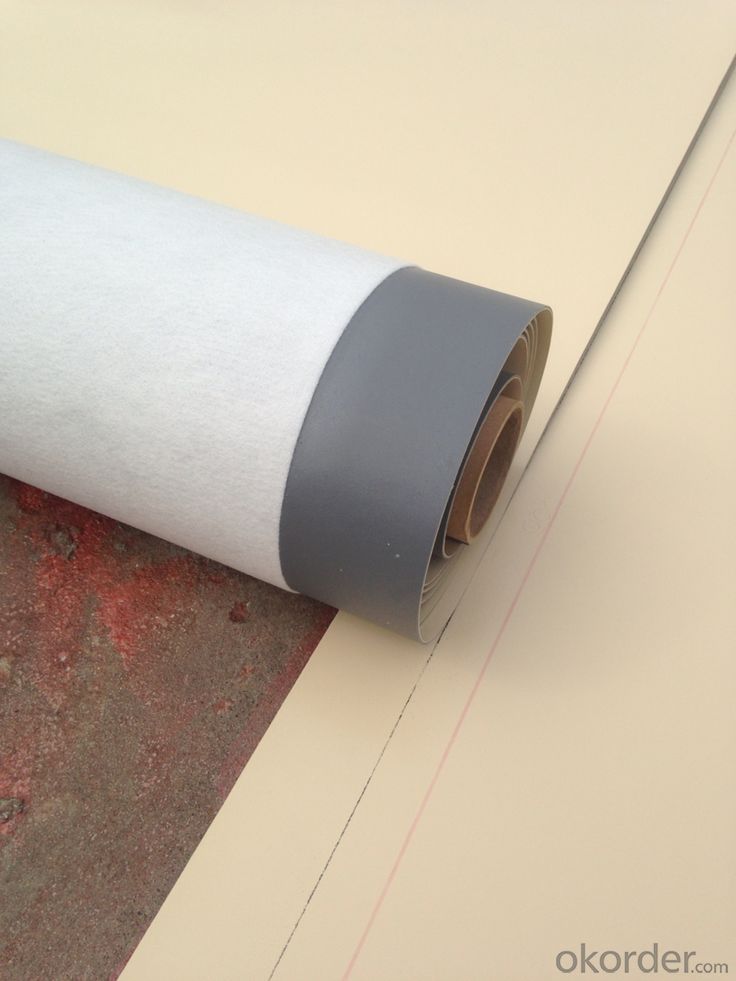
FAQ
Q: What's the delivery time ?
A: 3-5 days for 1-600 rolls, 10-15 days for container.
Q: What's the payment terms ?
A: TT/LC
Q: How do you make replacement with quality problems ?
A: New replacement will be packed into your next order or send to you directly after receive video or photo about quality problems.
- Q: How does a waterproofing membrane handle temperature fluctuations?
- A waterproofing membrane is designed to handle temperature fluctuations by being able to expand and contract without compromising its effectiveness. It is made of materials that are flexible and can withstand extreme temperatures, ensuring that it remains intact and continues to provide protection against water infiltration.
- Q: Can a waterproofing membrane be used on parking garages?
- Yes, a waterproofing membrane can be used on parking garages. In fact, it is highly recommended to use a waterproofing membrane in parking garages to protect the structure from water damage. Parking garages are exposed to various weather conditions, including rain, snow, and ice, which can result in water infiltration through cracks, joints, or porous concrete. This water infiltration can cause corrosion of reinforcing steel, deterioration of concrete, and damage to the overall integrity of the structure. A waterproofing membrane is a barrier system that is specifically designed to prevent water from penetrating the surface and reaching the underlying structure. It typically consists of a flexible membrane made of materials such as modified bitumen, PVC, or liquid applied coatings. The membrane is applied to the parking garage surface, providing a seamless and durable waterproof barrier. Using a waterproofing membrane on parking garages offers several benefits. Firstly, it helps to extend the lifespan of the structure by protecting it from water-related deterioration. Secondly, it helps to maintain the structural integrity of the garage by preventing corrosion of reinforcing steel, which can weaken the structure over time. Additionally, a waterproofing membrane helps to maintain a dry and safe environment within the parking garage, reducing the risk of slip and fall accidents. It is important to note that the choice of waterproofing membrane should be based on the specific requirements and conditions of the parking garage. Factors such as the type of parking garage (underground, above ground, or rooftop), the level of traffic, the presence of vehicular fluids, and the climate should all be considered when selecting the appropriate waterproofing membrane system. In conclusion, a waterproofing membrane can and should be used on parking garages to protect the structure from water damage, extend its lifespan, and maintain a safe environment for users.
- Q: Is a waterproofing membrane compatible with different types of roofing materials?
- Yes, a waterproofing membrane is compatible with different types of roofing materials. A waterproofing membrane is a versatile solution that can be used on various roofing materials such as asphalt shingles, metal roofs, concrete roofs, and even flat roofs. The membrane is designed to provide a barrier against water penetration, regardless of the type of roofing material. It can be applied directly on the surface of the roof or as an underlayment before installing the roofing material. This compatibility ensures that the waterproofing membrane can be used effectively to protect and extend the lifespan of different types of roofs.
- Q: Can a waterproofing membrane be used for residential buildings or homes?
- Yes, a waterproofing membrane can be used for residential buildings or homes. It is commonly used in basements, bathrooms, and other areas prone to water damage to prevent moisture infiltration and protect the structure from potential water leaks or flooding.
- Q: Can a waterproofing membrane be used for a fountain basin?
- Indeed, a fountain basin can make use of a waterproofing membrane. The purpose of such a membrane is to create a shield against water infiltration, safeguarding the foundation from moisture-related harm. As a fountain basin is consistently subjected to water, implementing a waterproofing membrane aids in averting leaks and securing the basin's durability. It is essential to select a membrane explicitly crafted for water containment and capable of enduring perpetual water exposure and inclement weather conditions. Furthermore, correct installation and maintenance of the membrane are pivotal for its efficacy in preserving the waterproofness of the fountain basin.
- Q: What are the requirements for frost resistance of basement floor polymer waterproofing membranes?
- Sbs elastomer modified asphalt membrane is -25 degrees,
- Q: Can a waterproofing membrane be used in interior or exterior applications?
- Yes, a waterproofing membrane can be used in both interior and exterior applications. It is commonly used in basements, bathrooms, and other areas prone to moisture and water infiltration. Additionally, it can also be applied to exterior surfaces such as foundations, roofs, and balconies to prevent water damage and maintain the integrity of the structure.
- Q: Can waterproofing membranes be used on concrete slabs?
- Yes, waterproofing membranes can be used on concrete slabs. These membranes are designed to provide a protective barrier against water infiltration and can effectively prevent moisture from seeping into the concrete.
- Q: Can a waterproofing membrane be used for foundation walls and footings?
- Yes, waterproofing membranes are commonly used for foundation walls and footings to prevent water infiltration and moisture damage. They provide an effective barrier against water and help maintain the structural integrity of the foundation.
- Q: Can a waterproofing membrane be used for museums or art galleries?
- Yes, a waterproofing membrane can be used for museums or art galleries. It plays a crucial role in protecting valuable artwork and artifacts from moisture damage, mold, and other environmental factors. By creating a barrier against water penetration, a waterproofing membrane helps to maintain the integrity and longevity of the exhibits, ensuring their preservation and preventing any potential harm caused by moisture.
Send your message to us
Waterproof/Waterpfoofing Membrane For Roofing
- Loading Port:
- Tianjin
- Payment Terms:
- TT OR LC
- Min Order Qty:
- 1000 m²
- Supply Capability:
- 10000 m²/month
OKorder Service Pledge
OKorder Financial Service
Similar products
Hot products
Hot Searches
Related keywords




